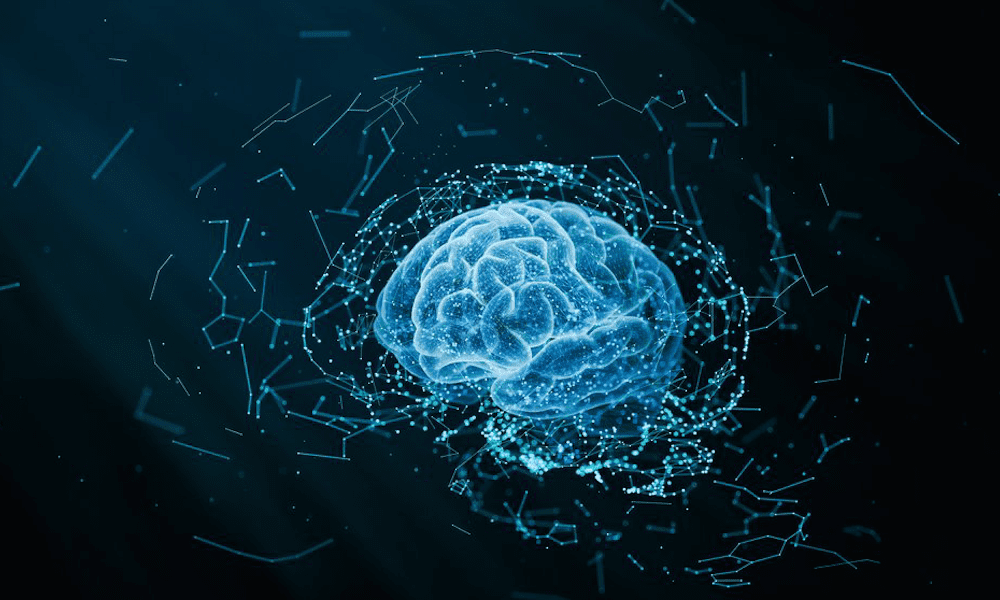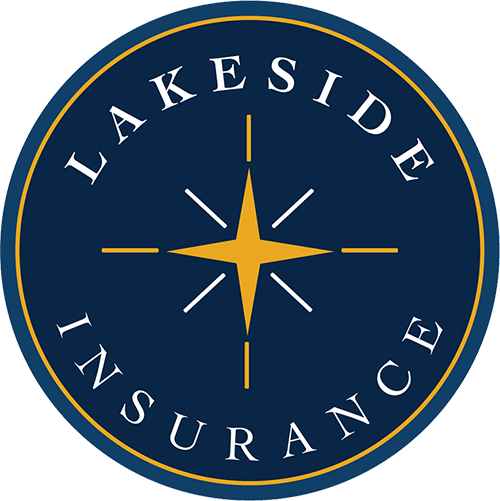
Ready or not, ChatGPT is here. And the high stakes of artificial intelligence (AI) make it essential for your HR team to be ready.
Generative AI, according to McKinsey, “describes algorithms (such as ChatGPT) that can be used to create new content, including audio, code, images, text, simulations, and videos.” ChatGPT and similar tools draw from a vast database of information and language to generate humanlike responses to questions, searches and requests.
The technology has quickly become too big to ignore. ChatGPT was downloaded more than 100 million times in the first two months after its debut in November 2022, according to the Society for Human
Resource Management. And 68% of employees say they are using it without telling their employers.
Some praise it as a game-changing technology that can free employees to focus on strategy, creativity and other tasks requiring human ingenuity. Others fear its potential dangers, from creating new business vulnerabilities to replacing human roles across industries.
While opinions about generative AI vary, there’s universal agreement that organizations must understand the opportunities and challenges it poses and create policies on how it can be used.
To start, your HR and leadership teams should collaborate to create a company policy for technologies like ChatGPT and future AI technologies. With the widespread and growing adoption of generative AI tools, it’s vital to communicate regularly and consistently with your employees. Be clear about specific usages and limitations.
Opportunities
As noted, these tools are already being used. Some applications might be relatively insignificant, like employees using them to craft emails. But other applications can be as dramatic as companies using them to shift core strategies. For example, LinkedIn is piloting the use of ChatGPT to help with job postings and user proles.
Potential uses for your organization may include generating text for:
- Job descriptions
- Employee handbook policies
- Onboarding tasks, including documentation, support and reminder emails
- Training materials
- Performance reviews
- Employee and customer surveys
- Communication templates such as sales and marketing communications and company announcements
- Standard operating procedures and process documentation
Any use of generative AI should be part of a collaborative effort between employees and technology.
Regardless of the specific output, employees will still need to verify facts, use good judgment and customize content for appropriate audiences. A human understanding of company culture, social norms, and employee and client expectations is required to make sure the generated text is appropriate and valuable.
At its best, generative AI can help employees brainstorm ideas, create basic communications and offload administrative tasks. This can increase productivity and performance. It also allows your employees to focus on idea generation, prospecting, and identifying key audiences and other high-level details.
Challenges
As with any new technology, the promise of generative AI also brings risk. Among the biggest concerns are:
- Plagiarism and copyright infringement: Generative AI can pull data from anywhere on the internet, which could lead to plagiarized passages or the improper use of copyrighted material. It’s also not yet clear who (if anyone) owns the copyright to outputs generated entirely by algorithms rather than people.
- Incorrect or insensitive information: The founders of ChatGPT warn that it is not 100% accurate; other generative AI tools have comparable limitations. Because they combine information and draw from widespread source documentation, the results could include inaccurate or offensive material.
- Outdated information: ChatGPT’s social knowledge base ends in September 2021. While generative AI tools acquire new information all the time through user prompts, they are not a reliable source for news, information or trends.
- Data coverage violations: If users input personal information, AI can gather and share it. For example, if a hiring manager enters the names, addresses and employment histories of potential candidates, that personal information becomes part of the data set the algorithm can draw from and share. Candidates may not have consented to (or even know about) this use of their personal information.
- Cybersecurity: Generative AI presents the same risks as any third-party software, especially regarding sensitive company, employee and client information. Employees must avoid sharing personal, proprietary or other confidential information with ChatGPT and other generative AI tools.
Current best practices are to not use generative AI for legal advice, personal guidance, market analyses or private business data. As mentioned above, employees should also avoid inputting personal or confidential information. Once data is entered into a generative AI tool, it may be shared in answers with other users.
Legal experts warn that lawmakers have not kept pace with the newest AI technology. Expect new legislation to address the use of generative AI with respect to hiring decisions, biases, sharing of personal information, third-party vendors and more. Employees should act with the expectation that legal responsibility lies with your organization, not ChatGPT or other AI technology.
There are also concerns that generative AI could further ingrain cultural biases because it draws on past and current practices regarding gender, race and other better protect characteristics. The technology could overrepresent certain views of gender, race and culture.
In addition, HR should be aware of employee concerns about having their career paths derailed or being replaced altogether. Almost 40% of employees are worried about having their role diminished or losing their job, according to a survey by the job search company Monster.
Moving forward
ChatGPT and other generative AI tools are quickly becoming an inescapable part of doing business. Your HR team will play a big role in balancing the risks and rewards.
Moving forward, it’s paramount to assess the opportunities and challenges for your employees and your organization as a whole. Craft a policy regarding internal and external usage, review it often for timeliness and accuracy, and clearly communicate rules and expectations to your employees.




